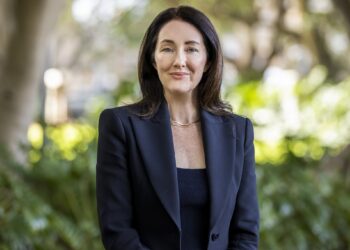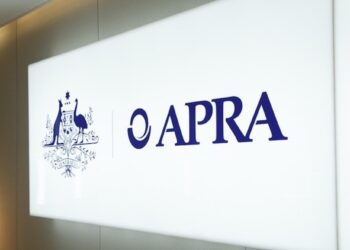
In an address to a session in which delegates were asked to participate in discussions, FTSE Group director Julie Andrews suggested that a common system across all superannuation funds would make it easier to measure after-tax returns, which are widely used.
Funds that don’t incorporate after-tax returns are losing out on opportunities, she suggested.
FTSE launched because there was an obvious gap in providing a practical system of implementation and an accurate measure of after-tax reporting, Andrews said.
Many superannuation funds and managers may take tax into account, but it may not be consistent and rigorous. The onus of after-tax reporting should be on all involved parties, she said.
However, Andrews said it should be up to the market to determine if the benchmarks of after-tax reporting were made standard or fully customised.
The roles of the manager, the fund, and the investor’s returns need to be brought into alignment, she said.
Tax can be complex, but taking the first step of after-tax reporting didn’t have to be, she added.
“Incorporating franking credits is quite standard,” she said.
Ernst and Young partner Paul McLean said that while trustees have always focused to some degree on minimising and managing taxing costs, the measures to do so were not uniform and could be widely variable in effectiveness, efficiency and cost.




